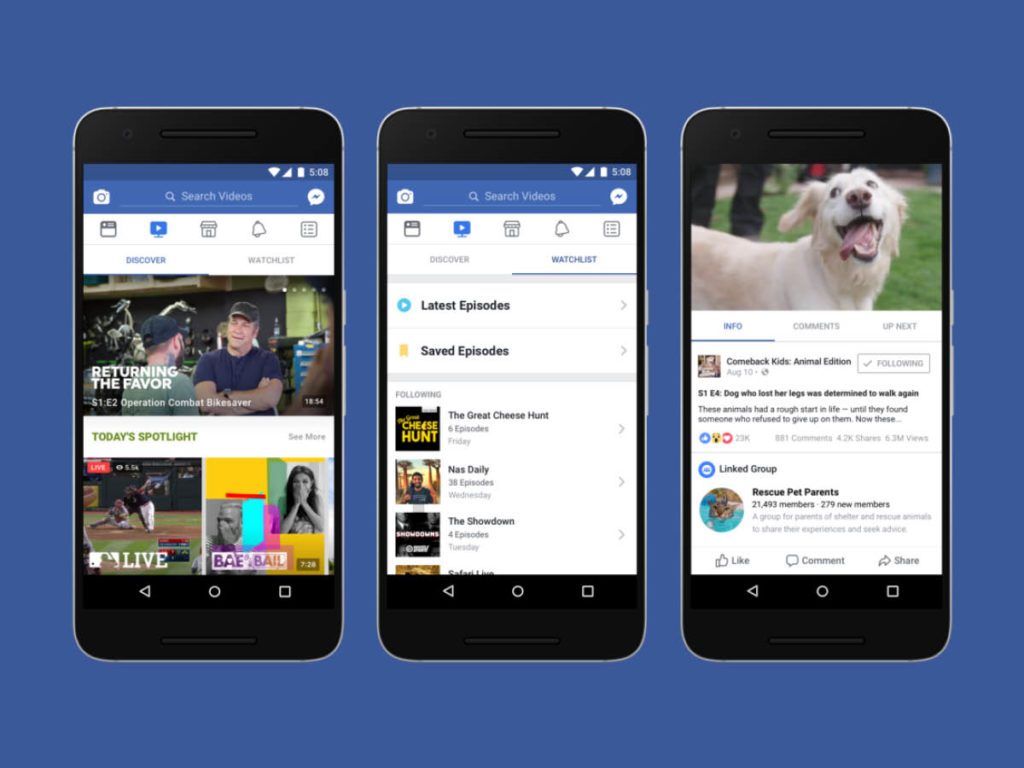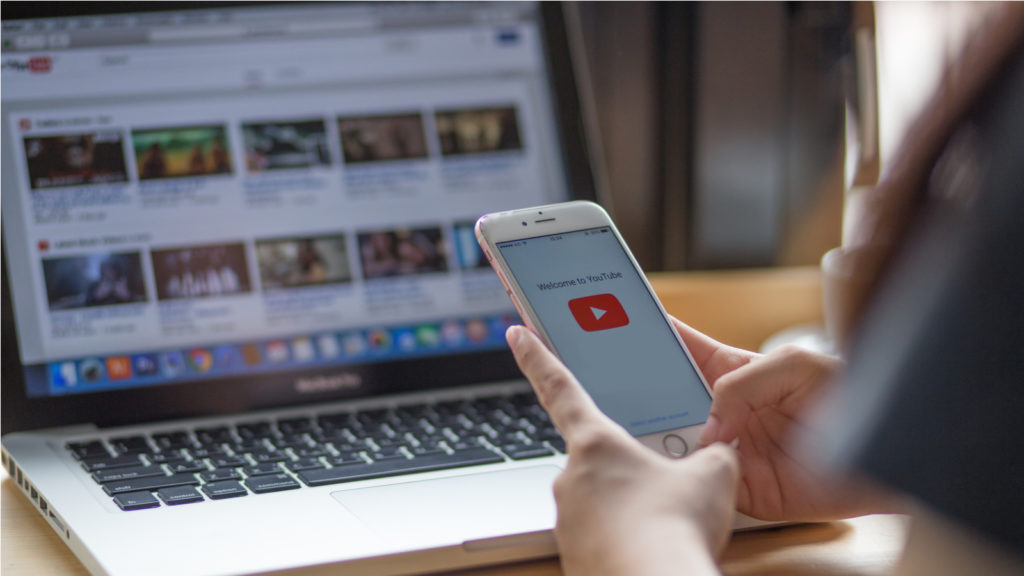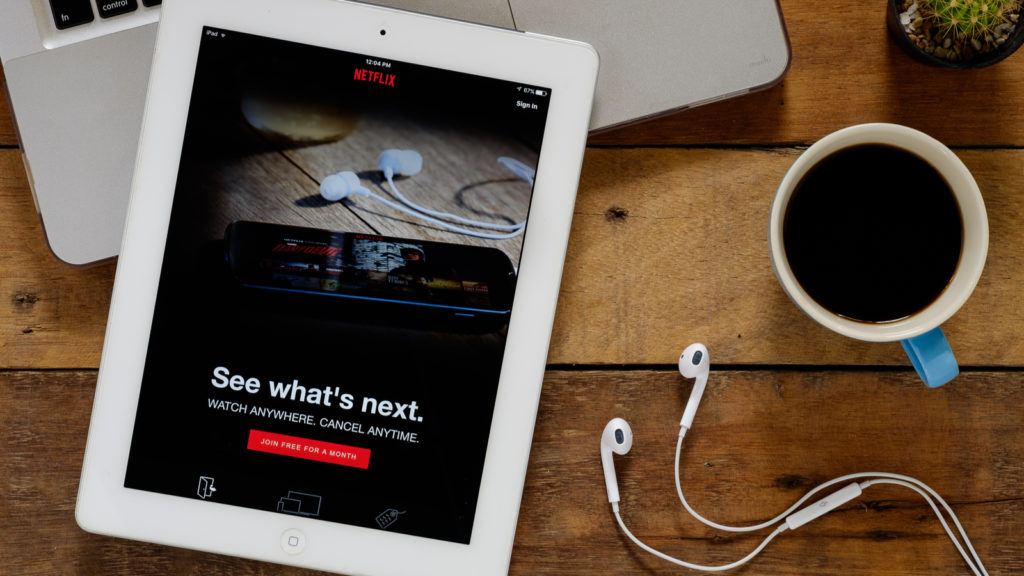You may be seeing an uptick in DIRECTV flyers and Cox mailers, but that’s not the product of strategic marketing campaigns. Nope, that’s pure desperation. In 2017 alone, 22 million adults in the U.S. got rid of their cable packages, a one-third increase over 2016, and the majority of those viewers are in the coveted 18-29 demographic. Americans are cutting the cord at breakneck speed and the C-level execs at traditional cable companies are quaking in their overpriced boots.
Streaming services are only beginning their reign. What comes next? Expansion, excitement, and a lot of options for anyone looking for convenient, affordable ways to bury themselves in small-screen entertainment.
Live Content
The one thing glaringly lacking thus far in the streaming market is as-it-airs content. Live television fell by the wayside as consumers dove headfirst into binge-watching their favorite shows, but now cord-cutters are missing out on sporting events, comedy specials, and awards shows. Add to that the number of spoilers popping up on social media the minute an important episode of This is Us or Game of Thrones airs, and the only safe way to maintain the element of surprise is to go live.
The one thing glaringly lacking thus far in the streaming market is as-it-airs content.
In mid-2017, Facebook announced Watch, an integrated platform that airs episodic television as well as special events such as the Golden Globes red carpet and Major League Baseball games. Hulu is already onboard with their own commitment-free live streaming and there’s also YouTube TV, a service that bundles a slew of networks for a relatively low fee (about $40 per month, up from the $35 launch price). For consumers in the 100 or so markets where YouTube TV is currently offered, on-demand video and popular shows – including live TV – are available without the sky-high cable bill and content is available on both iOS and Android systems as well as Chromecast and Apple TV, with Android TV compatibility and a Roku app on the way.

Greater Flexibility
Streaming has become a bit of a “give a mouse a cookie” situation. The more options consumers get, the more they want. Netflix already offers account holders four screens on a single (premium account), but newcomer Vidgo is promising a minimum of five screens with an optional upgrade that includes another handful. Vidgo’s also big on customization; rather than getting saddled with a standard package full of channels they may never view, users can build their own lineup and pay for what they want, not just what they’re given. It’s an approach Sling has taken on board to an extent as well; users must purchase a base package but then they can customize their lineup with add-ons featuring channels in a specific niche such as comedy, kids, news, sports, lifestyle, or foreign language programming.
Streaming has become a bit of a “give a mouse a cookie” situation. The more options consumers get, the more they want.
It’s worth noting that VIDGO has been promising an awful lot for an awfully long time. Launch has been repeatedly delayed, and despite being initially unveiled at CES 2016, the service was still not up and running as of March 2018.
Cloud DVR
The invention of the DVR was a revelation to TV watchers who were tired of fumbling with video cassettes and arriving home only to find the VCR had once again failed to do its job. Not only do DVRs record when they’re supposed to, they can actively seek out favorite programs when the airtime or channel changes, record two shows simultaneously, and store programs for impressively long periods of time. Now Cloud DVR brings all those same elements to the world of video streaming with a huge new benefit: the ability to watch your recorded shows from almost anywhere and without having to store the data on your own device. Everything’s in the cloud, where it stays for months and months or until you delete it.

Altered Advertiser Presence
So far, streaming services have been somewhat split as to how or if they choose to handle on-platform ads. Hulu inserts commercials during shows but offers a limited commercial upgrade for a few extra dollars a month. Netflix charges more than Hulu but has thus far foregone in-content commercials. Sling shows ads but sticks to the same handful of commercials over and over again, which is grating if you tend to binge or let a single network run live for more than a few episodes.
Ads aren't going the way of paper maps and dial-up connections. No, platforms are just getting smarter and ads are starting to look a little different.
The reason for the repetitiveness likely has a lot to do with problematic ad airing. Advertisers want their products to be shown alongside content that shares the brand’s values or appeals to the brand’s target audience – toys during cartoons, for instance. Then the YouTube Adpocalypse happened. Companies like Amazon and Coca-Cola discovered that their content was being shown as the lead-in to videos filled with violence and hate speech. The culprit? YouTube’s faulty algorithm system.
That doesn’t mean ads are going the way of paper maps and dial-up connections. No, platforms are just getting smarter and ads are starting to look a little different. Roku uses interactive ads and plasters promotional material on their home page. Other services are relying on short ad bursts that feel less interruptive and they’re tailoring ads to reflect the consumer’s viewing habits, too.

If this all feels overwhelming, it’s because it is. We’re all navigating new territory and nobody’s quite sure what’s going to work. Go ahead and pick a streaming service and see what happens but be prepared to abandon ship – the next big thing might be just around the corner.

